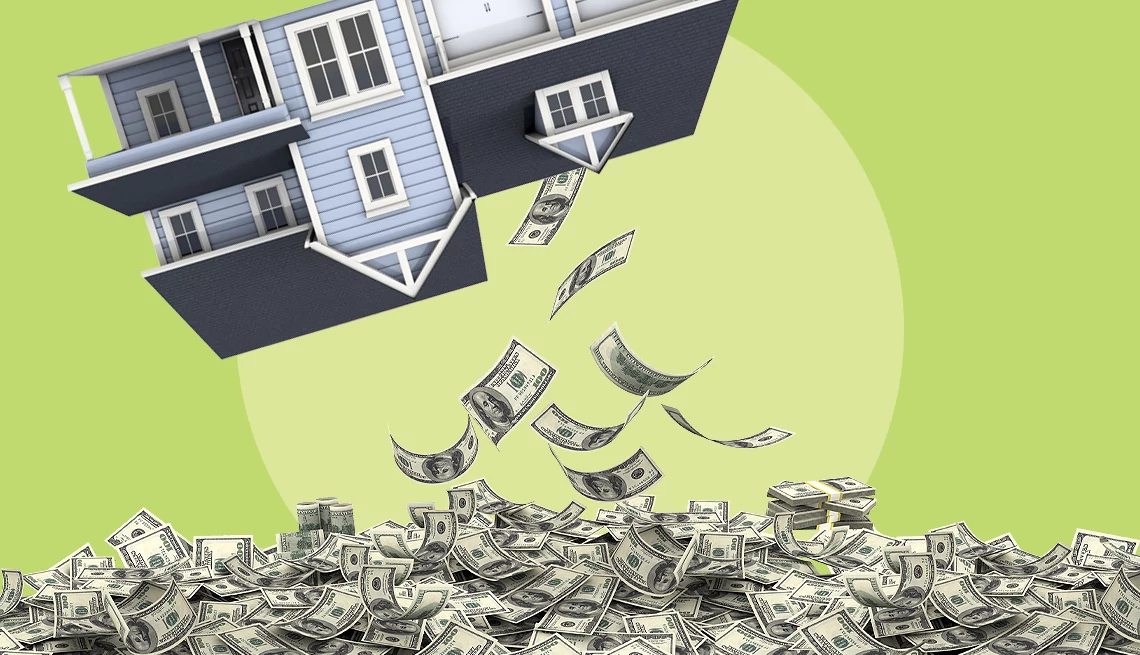AARP Hearing Center


Home equity is a powerful thing. And if you’re like many older homeowners, you probably have quite a bit of it.
According to the National Reverse Mortgage Lenders Association, homeowners 62 and older have about $13.2 trillion in home equity. Thanks to rising home values, they gained more than $328 billion in just the first quarter of 2024 alone.
That equity comes with endless possibilities. You can cash in on it by selling your home; borrow from it with a cash-out refinance; or take out a loan against it using a home equity loan, a reverse mortgage or a home equity line of credit, or HELOC.
HELOCs are advantageous in that they let you access your home equity over an extended period. Instead of giving you a onetime lump sum payment, as other loans do, you get a line of credit. You can then withdraw funds from that credit line for years to come.
Another distinguishing feature: You can use the funds from a HELOC for any purpose. Here are five ways you might want to spend the money:
1. To make your home more accessible
One way to use HELOC funds is to pay for accessibility updates. With the costs of nursing home and assisted living facilities clocking in at nearly $25,000 to $117,000 per year according to a 2023 Genworth cost of care survey, many seniors are opting to age in place.
This comes with its own set of challenges, though. And for many older homeowners, aging in place will require updating their property — adding more lighting for better visibility, widening doorways to account for walkers and wheelchairs, or installing grab bars or walk-in showers, to name a few.
“HELOCs are a good resource to make all sorts of updates to one’s house — including accessibility updates,” says Kevin Leibowitz, a mortgage broker with Grayton Mortgage in Brooklyn, New York.































.jpg?crop=true&anchor=13,195&q=80&color=ffffffff&u=lywnjt&w=2008&h=1154)
































More From AARP
What to Look for Before Buying a Newly Built Home
From how to vet the builder to what to watch for in the contract, here’s how to protect yourself
Why You Might Need a Home Equity Loan in Retirement
HELOCs are harder to get but a good backup to have
Should You Tap Your Home’s Value for Cash?
What to know before you decide
Recommended for You